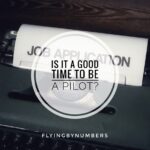On the ground, slowing down is simple. Like cars, buses or trains, commercial aircraft are fitted with wheel brakes. Known as toe brakes, pilots use their feet to push the tops of the rudder pedals away, applying braking to the undercarriage, with friction slowing the aircraft down.
But how do planes slow down whilst they are airborne? Friction is also the answer, but it’s applied in a very different way!
Simply put, when you’re on a modern aeroplane, it’s easy to forget just how fast you’re going. Unlike the first few generations of piston aircraft — with their basic aerodynamics, huge amounts of drag, and slow speeds — modern aircraft can’t simply pull back the throttle and immediately slow down.
Two or more, often enormous, jet engines power modern aircraft through the sky. With all that thrust, coupled with the low drag of efficient, modern aircraft, planes need extra help to slow down in the air. A new way of quickly losing speed had to be found. Air brakes.
In aviation terms, these are referred to as speed brakes or spoilers. In this blog post, we’ll take a look at what speed brakes are and how they work!
The short answer: Do aircraft have air brakes?
Yes! Also known as speed brakes or spoilers, these are devices pilots use to help slow the plane down faster than simply reducing the thrust from the engines.
Speed brakes are typically fitted onto the top surface of aircraft wings. When required, these giant air brakes extend upwards into the smooth airflow over the top of the wing, causing huge amounts of drag. This enables aircraft to slow down approximately twice as fast as normal.
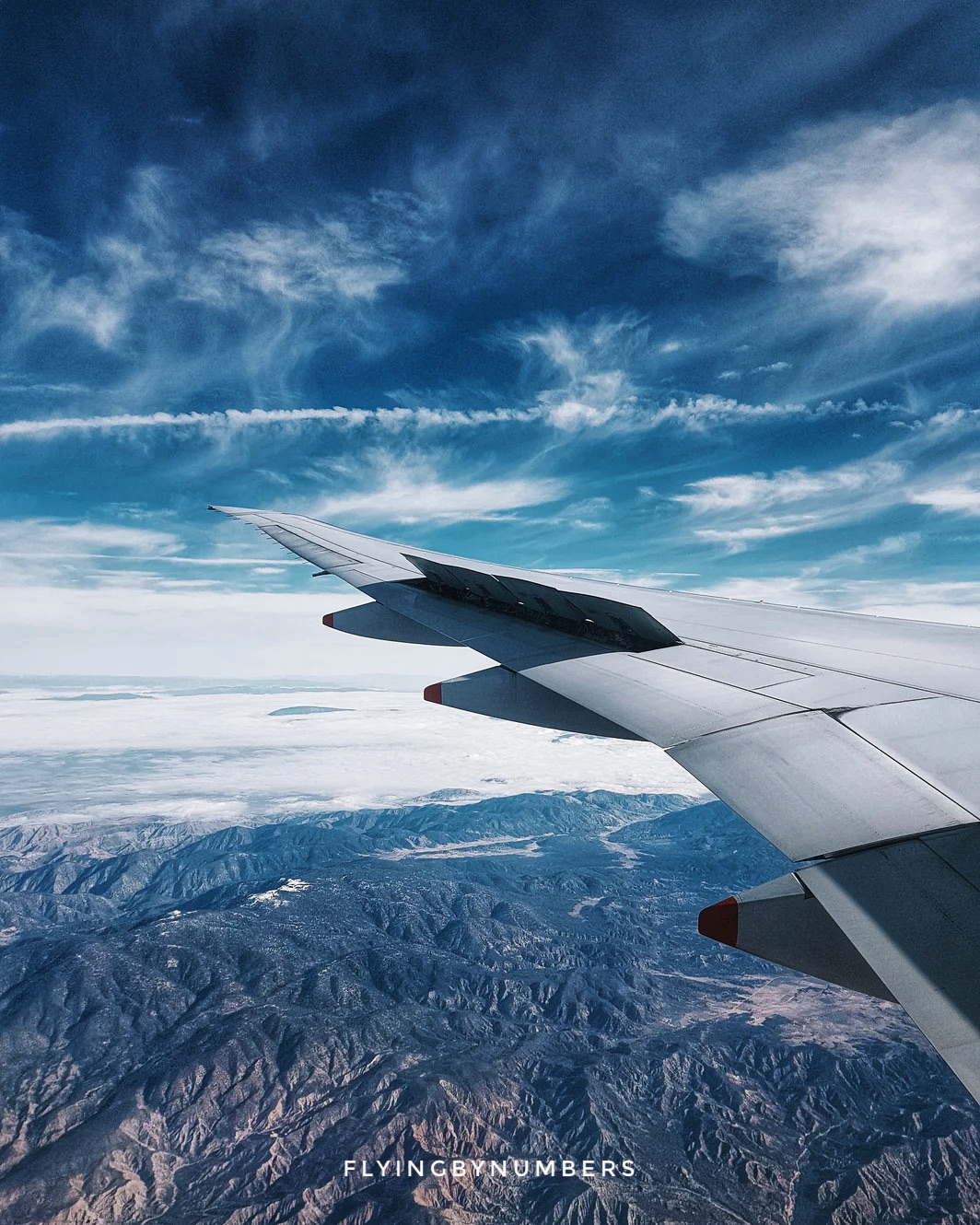
Speed brakes in depth: A look at how aircraft slow down in the air
How do aircraft normally slow down?
The theory of flight and modern aerodynamics is a complex subject. However, how aircraft fly can be simplified into four major forces, that collectively act on any aircraft. Lift, weight, thrust, and drag.
When the wing generates more lift than the total aircraft weight, the aircraft will begin climbing. If the wing generates less lift, the plane will descend, and in the cruise, the two opposing forces are perfectly balanced.
Accelerating and decelerating is a similar story. When the pilot’s apply more thrust and thrust outweighs drag, the plane will accelerate.
Therefore, for the majority of the time, pilots will slow down in the air by simply reducing the thrust from the engines. When the thrust is lower than the aircraft drag, aircraft slow down.
Why do aircraft need speed brakes?
For the first 20-30 years of flight, the ability to slow down by reducing power provided pilots with enough control. Speed brakes didn’t exist because there wasn’t a need. Some aircraft would slow down faster than others, but pilots could make do with the deceleration rate regardless.
Speed brakes, or spoilers, were in use as early as the late 1930s in glider aircraft, as pilots needed a way to slow the exceptionally aerodynamic gliders for landing.
Speed brakes, or spoilers, were in use as early as the late 1930s in glider aircraft, as pilots needed a way to slow the exceptionally aerodynamic gliders for landing.
But they largely remained absent from commercial aircraft until the 1950s.
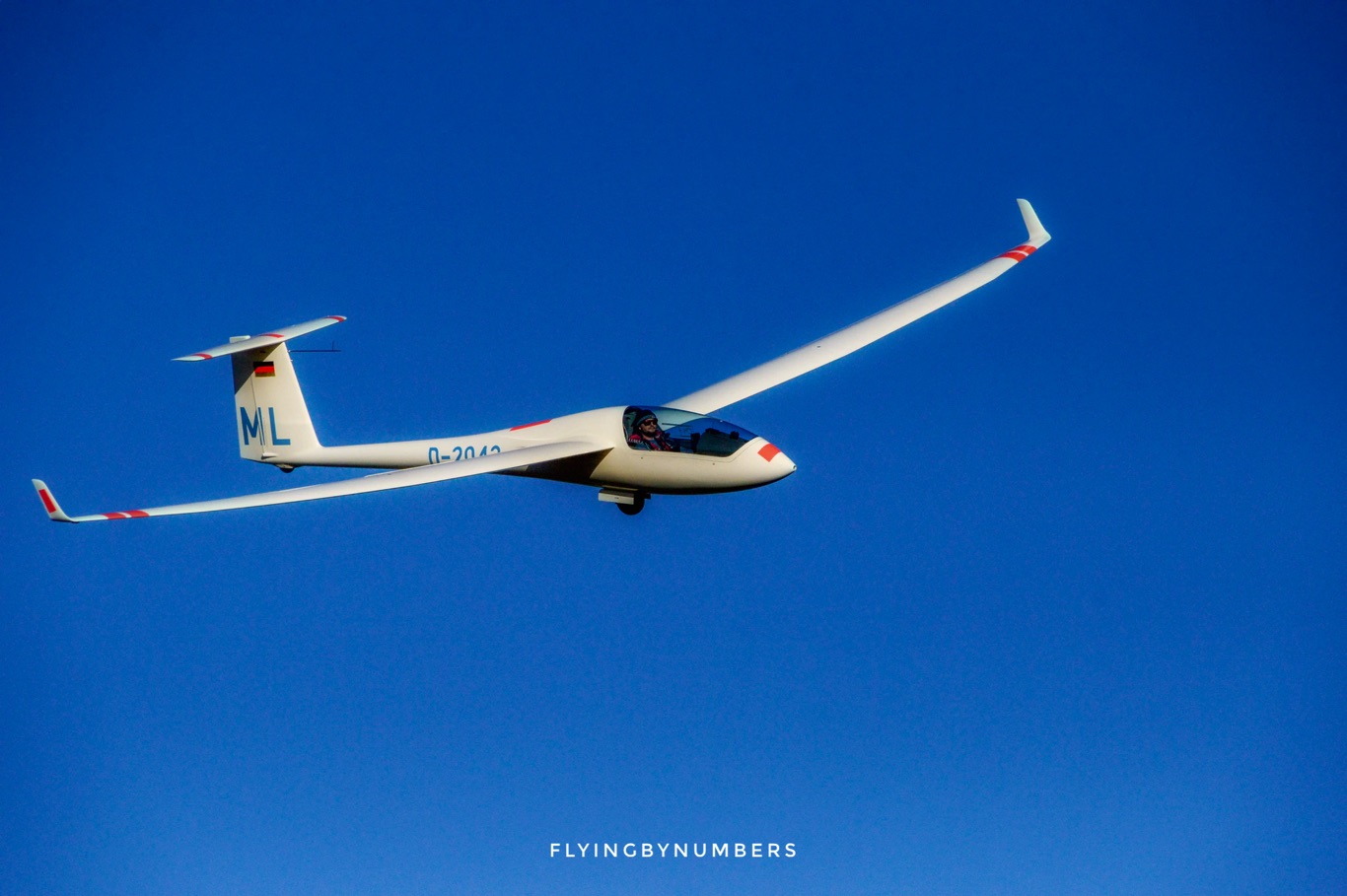
In the early 1950s, the jet era — with aircraft design rapidly evolving and long-range travel booming — new methods of slowing aircraft in the air were needed. This new age of air travel brought high speed, low drag aircraft, alongside increasingly busy airspace as commercial flying exploded in numbers.
Suddenly, speed brakes were no longer constrained to military and glider aircraft and began to be fitted to virtually every single commercial airliner — a practise that continues to this day.
How do speed brakes work?
Spoilers or air brakes work by literally “spoiling” or disrupting the airflow over the wing. This creates a huge amount of additional drag, which slows the plane down.
Hydraulically operated, most speed brakes on modern aircraft are located on the upper surface of the wing. When commanded by the pilots, these spoiler panels extend upwards into the airflow. This has two effects:
When do pilots apply air brakes?
Pilot’s typically use airplanes air brakes, or spoilers, to slow the aircraft during 3 scenarios:
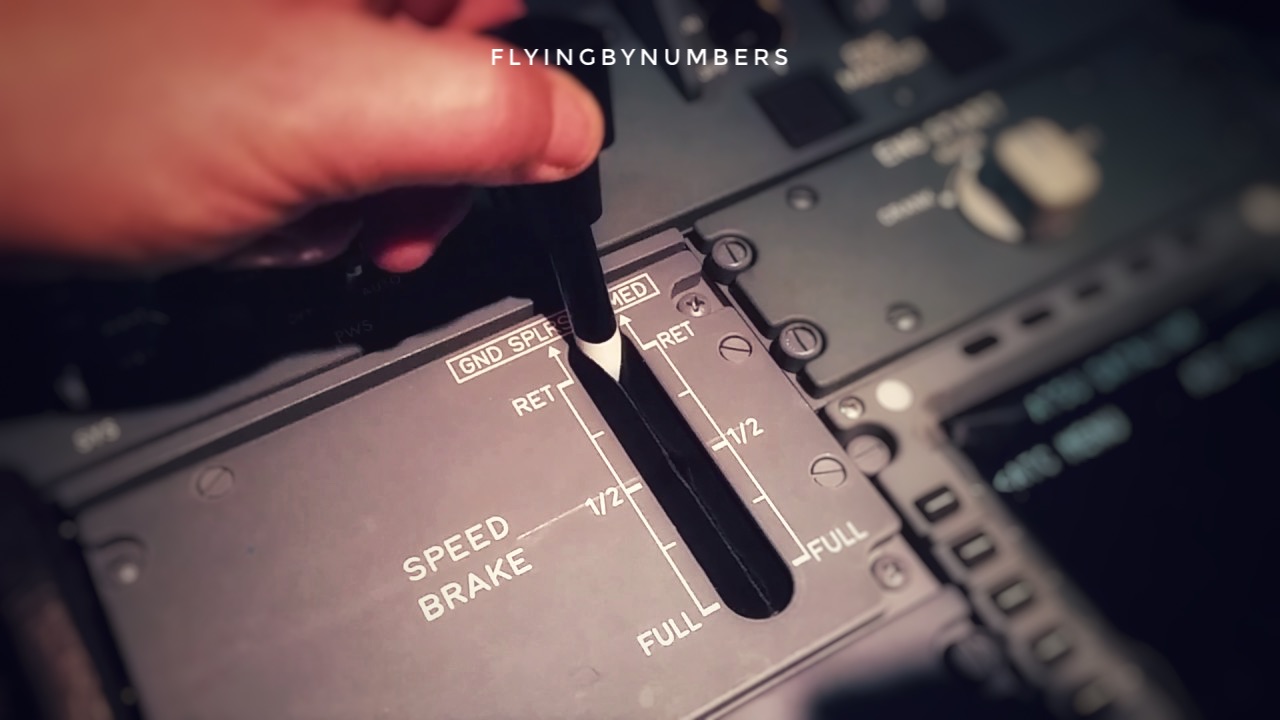
- Air traffic control speed constraints
- During the final approach to landing
- Due to turbulence and weather events
Alongside accurate flight routes and altitudes, aircraft are separated by tightly controlled speed limits. Air traffic controllers frequently vary speeds of departing and arriving aircraft to maintain adequate separation between them.
When speed instructions are given, air traffic control expect pilots to reduce speed by at least 10kts per second. In the most modern aerodynamic aircraft, this rate of deceleration can be impossible to achieve without speed brakes.
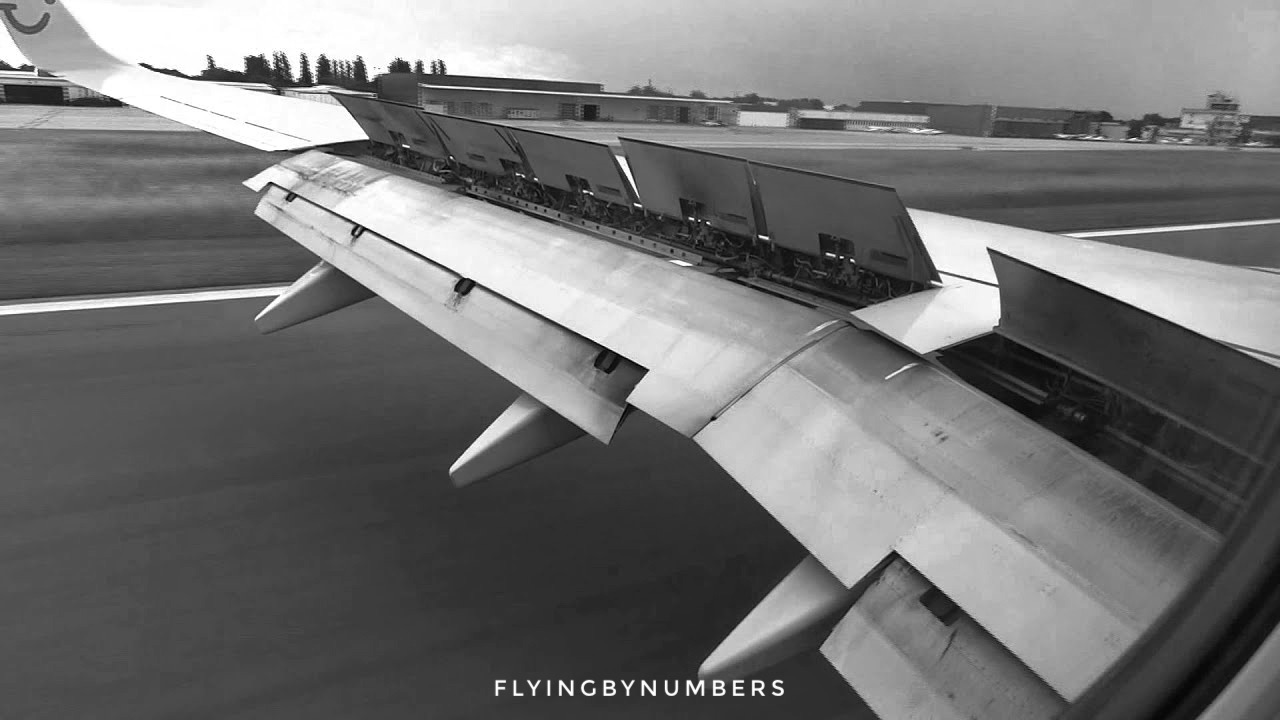
Modern aircraft are capable of changing the shape of their wing considerably, from super sleek cruise configuration — designed for maximum efficiency — to a slow speed configuration for landing.
Aircraft achieve this by using high-lift devices known as slats and flaps. These devices remain tucked away during the majority of the flight, and can only be operated at low speeds.
On modern aircraft, pilots frequently have to apply the speed brakes to slow the aircraft sufficiently to configure in the landing configuration. Put simply, aircraft are so aerodynamic, it can be difficult to slow down enough to operate the slats and flaps without the additional drag from spoilers.
On the landing role, speed brakes are also used, to help slow the aircraft on the runway and reducing loading on the aircraft’s wheel brakes.
As aircraft fly further and higher than ever before, taking advantage of high-level winds for fuel efficiency and to help make up time, planes can be subject to shifting winds and over speeds.
At these high altitudes drag is minimal. This is great for increasing fuel efficiency, but it means that if the aircraft hits a particularly bad patch of turbulence, or rapidly changing winds, there is minimal aircraft drag to help slow the aircraft down.
Without the additional drag provided by speed brakes, aircraft may rapidly be accelerated beyond their design limitation speeds. Pilots will use the speed brakes during some turbulence events to prevent over speeding.
Summary
So, how do planes slow down in air? Often, pilots reduce speed by simply reducing thrust. However, when pilot’s need more deceleration, they use the aircraft’s speed brakes.
Once only fitted to gliders and military fighter aircraft, speed brakes — typically known as spoilers or air brakes — are now a key part of virtually all modern aircraft flight control systems.
They help pilots to slow the plane in the air at a much faster rate, crucial on modern highly aerodynamic aircraft that operate at very high speeds, and are designed to be as fuel efficient as possible.


